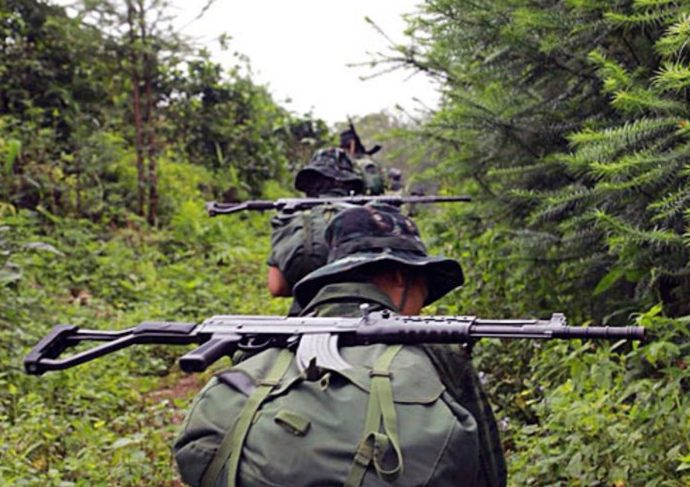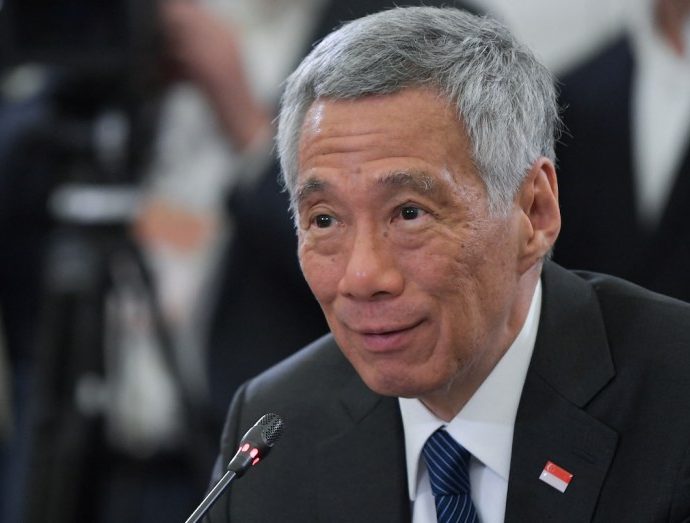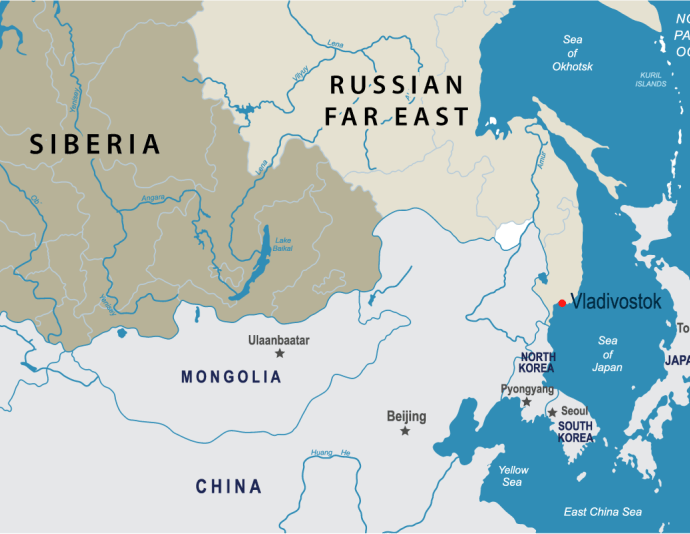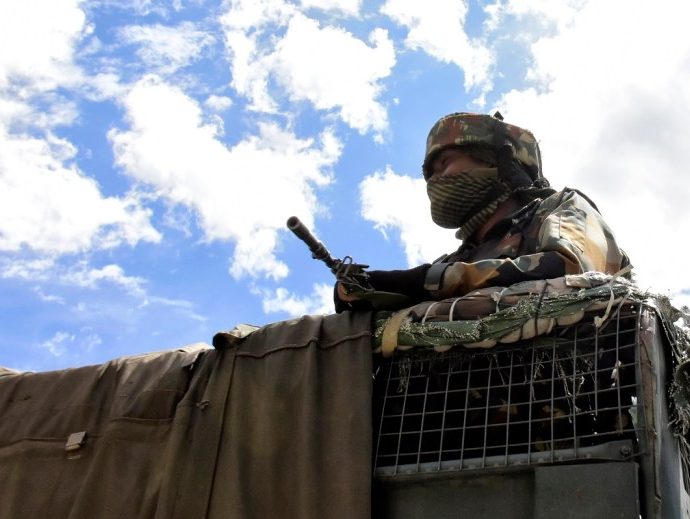Israel is winning and will prevail in Gaza war
The armed wing of Hamas, the Izz ad-Din al-Qassam Brigades, has an estimated 30,000 to 40,000 fighters. Israel’s careful and casualty-averse campaign in Northern Gaza can’t kill all of them. It doesn’t have to.
In a 2016 study, I showed that even the most fanatical fighting forces crumble after 30% are dead. The 30% rule applies across all major modern conflicts, including the Thirty Years War, the Napoleonic Wars, the American Civil War and the First and Second World Wars of the last century.
The Israel Defense Force (IDF) has already killed several thousand Hamas fighters, according to Israeli cabinet minister Ron Dermer. That is, the IDF has already accomplished a quarter to a third of the killing required to disable Hamas as a military force.
It is impossible to tell how many Hamas fighters are hiding in the organization’s immense tunnel network, reportedly longer than the London Underground, and how many have dropped their weapons and joined the estimated 1.7 million Gazans headed to refugee camps in the south of the 40-kilometer strip.
Flushing out and killing several thousand Hamas fighters ensconced in tunnels is slow and difficult work, but not particularly challenging for a modern army with advanced armor, drones and electronic surveillance. The fact that only 46 Israeli soldiers have been killed during the Gaza ground campaign indicates that the IDF is cautious and casualty-averse.
There is no quick way to mop up a military organization with ample underground space to hide. By the same token, a fighting force in hiding has limited opportunity to ambush a well-prepared modern army that is prepared to destroy every standing structure in an urban environment.
Israeli Major General (ret) Yaakov Amidror acknowledged an intelligence failure on October 7, but cautions that “the IDF did recover in an impressive manner.”
“The shift to a ground offensive aimed at destroying Hamas was conducted in a very orderly fashion and the army and navy used well the period of waiting, during which time the air force was intensively engaged in the Gaza Strip. Combined arms operations have peeled off Hamas defensive layers and the IDF now operates in the urban core of Gaza City, in preparation for taking over the Hamas command and control centers,” Amidror said.
Several media outlets have quoted US officials warning that Israel has a limited time to complete its Gaza operation before world sympathy shifts away from the Israelis, who suffered 1,200 murdered and 240 abducted in the October 7 Hamas raid, and toward Palestinian civilian victims. The constraints on Israel’s freedom of action, though, are exaggerated.
Short of denying weapons to Israel, as the Obama administration did during the Gaza hostilities of 2014, there is little that Washington can do to restrain Israel. That is harder to do after the murder of 1,200 Israelis, compared to only five Israeli civilians in 2014, as well as 66 Israeli soldiers.

Popular support for Israel remains strong in the United States. According to an October 16 Quinnipiac poll of 1.737 Americans, 84% of Republicans, 76% of Democrats and 74% of independents believe that support for Israel is in the national interest of the United States. That counts for a great deal in an election year.
The widely held view that mounting Arab civilian casualties in Gaza will swing “world opinion” against Israel is wrong for two reasons.
First, “world opinion” has no practical expression. The United States will veto any action against Israel in the United Nations Security Council and the members of the European Union are unlikely to formulate any coherent policy response.
Second, reports of Arab casualties in Gaza are vastly exaggerated. A frisson of sympathy for the Gazans appeared on October 17 after the Gaza health ministry reported 500 casualties from an Israeli bomb dropped on the al-Ahli Arab Hospital.
This disappeared after news outlets including the New York Times, Washington Post and the Associated Press confirmed Israeli intelligence evidence that an errant rocket fired by Islamic Jihad, not an Israeli bomb, had landed near the hospital and that the death toll was roughly 40, not the 500 claimed by the Hamas-linked health ministry.
Similar exaggerations characterize the casualty numbers published by the Palestinian Ministry of Health. As of November 15, the Hamas-controlled PMH claimed that nearly 14,000 Arab civilians had died in the past month, and more than 30,000 were wounded.
An Israeli think tank notes that Gazan hospitals have just 3,000 beds; if 30,00 were wounded, where were they treated, and where are they now? 14,000 corpses, moreover, are hard to miss. Where were they buried?
“No one questioned how the Palestinian Ministry of Health reported 30,000 Palestinians wounded when the total number of hospital beds in all medical facilities in Gaza, including UNRWA clinics, did not exceed 3,000. So, where exactly are all the 30,000 wounded? According to PMH reports, there are already more than 13,000 Palestinians dead. If that casualty number is accurate, where were they buried?,” a November 12 report by the Jerusalem Institute of Public Affairs asks.
The death count is probably half the number reported by the Hamas-controlled health ministry. Perhaps 3,000 of the dead are Hamas adherents. Some are the victims of failed Palestinian rocket fire.
“IDF radar evidence shows that errant rockets are about 10% of the total rockets fired (the rockets of the Islamic Jihad had a higher percentage). With almost 10,000 rockets fired since the beginning of the war, it must be assumed that nearly 1,000 fell in the Gaza Strip, short of their intended Israeli civilian targets, hitting Palestinians who were injured or killed,” the Israeli report argues.
The Hamas horror stories will be believed in most of the Muslim world, but in the court of American opinion—the only one that matters for the next few months—the present level of collateral damage will be viewed as acceptable.
Now that an estimated 1.7 million Gazans have fled to the relative safety of refugee centers in the south of the strip, the dispersion of the population in Gaza City and environs will limit the number of civilian casualties. By stripping Hamas of its human shields, the IDF can expedite mopping-up operations against Hamas.
Aluf Benn, the editor of the left-of-center newspaper Haaretz, wrote on November 9 that “Israel is acting to strike at the Hamas forces barricaded in the tunnels, and will try to hunt its leaders, Yahya Sinwar and Mohammed Deif.”
“But the move intended to bring about the collapse of the organization and dismantle its ability to rule Gaza is the instruction given to one million residents of the northern Gaza Strip to huddle together in the southern part of the Strip,” Benn wrote.
The IDF’s raid on al-Shifa Hospital, Gaza’s largest, began on November 15, a day after the White House declared that Hamas used the facility “as a way to conceal and support their military operations and hold hostages,” reportedly based on US electronic intercepts.
The Western public will tend to blame Hamas for using hospital patients and personnel as human shields, rather than blaming Israel for rooting it out of its concealed command posts.
The status of the nearly 2 million Gazans who will spend the Mediterranean winter shivering in a tent city in the southmost part of the strip will become the world community’s focus of attention.

“Gaza’s humanitarian crisis turns into a strategic weapon for Israel,” Zvi Bar’el wrote in the Israeli newspaper Haaretz on November 10. The Gazans will have no homes to which to return, and the international community will spend a year or two dickering over where to put them.
“One may guess that just as Israel didn’t imagine Hamas’ ‘reverse Nakba’ plan for the Gaza border communities, [Hamas leader Yahya] Sinwar and his bunker pals didn’t think that Israel would expel half the Strip’s population from their homes and turn those homes into rubble, arguing that this is a humanitarian move aimed at protecting their lives,” wrote Haaretz’s Benn.
A significant part of the Gazan population will be absorbed by other Muslim countries—75 years after their great-grandparents’ departure from the newly formed State of Israel in 1948. Although Egypt has steadfastly maintained that it will accept no refugees from Gaza, its cash-strapped government will do so if the international community (for example, the Gulf States) offers enough aid to make it worthwhile for Cairo.
Israel will find and kill only a fraction of the Hamas armed forces, but it will be a large enough fraction to cripple and demoralize the organization. Israel’s broader objective is to make Hamas a byword for humiliation and destroy its moral authority as well as its capacity to fight.
Follow David P Goldman on X, formerly Twitter, at @davidpgoldman




























